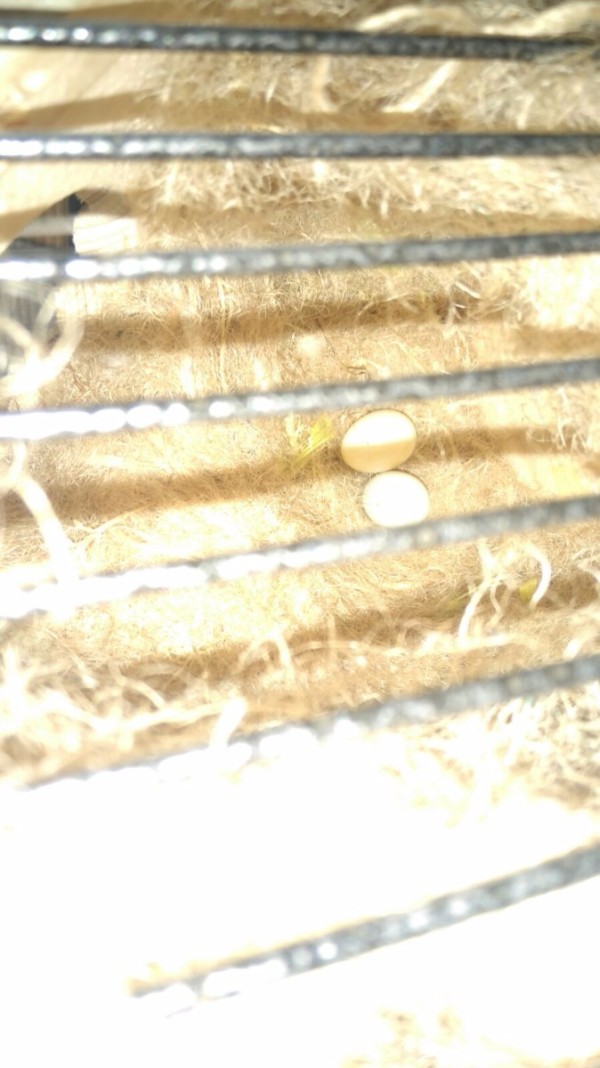

However, the progress of development can be quite different between commonly studied precocial species, such as chickens and altricial species such as songbirds (Ricklefs and Starck, 1998 Blom and Lilja, 2005). This classic article has been the main source of embryo staging information for nearly all species of birds for over 60 years and has provided the foundation for virtually all subsequent embryo staging work on precocial birds including the Wood Duck ( Aix sponsa, Montgomery et al., 1978), Canada Goose ( Branta Canadensis, Cooper and Batt, 1972), Northern Bobwhite ( Colinus virginianus, Hendrickx and Hanzlik, 1965), Ring-Necked Pheasant ( Phasianus colchicus, Fant, 1957), and Domestic Turkey ( Meleagris gallopavo, Mun and Kosin,1960), as well as the semi-precocial Adelie Penguin ( Pygoscelis adeliae, Herbert, 1967). To date, most avian embryological studies have been in the chicken and have used Hamburger and Hamilton’s (1951) article on chicken development. However, to address these questions, it is essential to have a detailed and standardized knowledge of the progression of embryological development from fertilization to hatching in the Zebra Finch. Given these advantages, there is increasing interest in utilizing the Zebra Finch for questions involving early development (Godsave et al., 2002 Perlman and Arnold, 2003 Perlman et al., 2003 Olson et al., 2006 Olson et al., 2008). This new resource has facilitated the development of valuable genetic and genomic tools for use in this species (Clayton et al., 2009 Srivastava et al., 2012). Additionally, the genome of the Zebra Finch was recently sequenced, making it only the second bird (after the chicken, Gallus gallus domesticus) and first songbird to have its genome fully sequenced (Warren et al., 2010).


Zebra Finches are easily kept in captivity and breed rapidly and prolifically, thus providing a ready supply of study subjects. Notably, similarities in the mechanisms of song learning in the Zebra Finch and speech learning in humans make this bird a preeminent model system for studying the development of speech (Jarvis, 2004 Bottjer and To, 2012 Moorman et al., 2012 Walton et al., 2012 Winograd and Ceman, 2012). In recent years, Zebra Finches ( Taeniopygia guttata) have become the predominant laboratory model species for songbird studies and have been used to address questions in a wide array of fields, including behavior (Maney and Goodson, 2011 Rosa et al., 2012), memory and learning (Moorman et al., 2011 Mayer et al., 2012), reproduction (Seguin and Forstmeier, 2012), aging (Austad, 2011 Heidinger et al., 2012), toxicology (Eng et al., 2012), neuroanatomy (Vargha-Khadem et al., 2005), and plasticity and evolution (Chen et al., 2012 Keary and Bischof, 2012 Pytte et al., 2012).


 0 kommentar(er)
0 kommentar(er)
